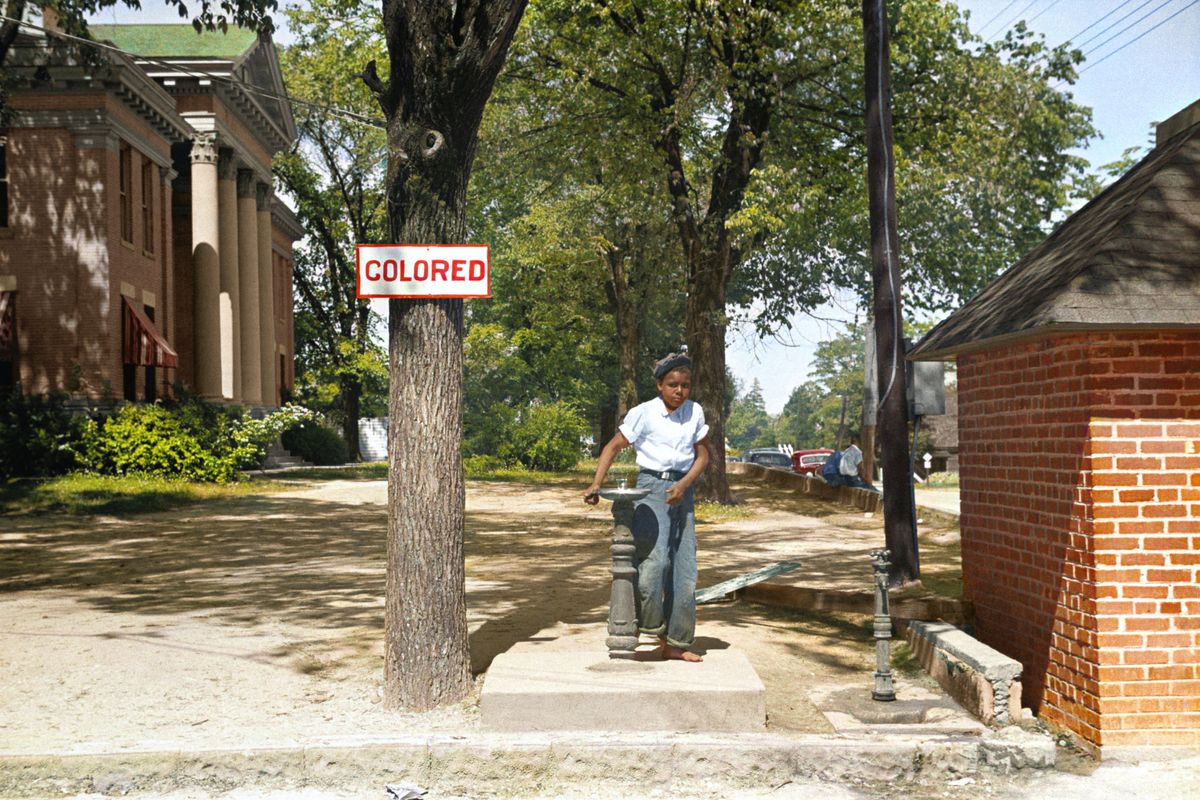OHF Weekly - How Much Discrimination Is Acceptable?
|
Older messages
Our Medium Day After-Party: An OHF Q&A
Monday, August 21, 2023
OHF WEEKLY, Vol. 5 No. 31: Editor's Letter, “Men and Mental Health,” “The Contributions Enslaved Africans Made to American Society,” “Hope and Despair,” and a quote by Nelson Mandela. OHF WEEKLY
Men and Mental Health
Sunday, August 20, 2023
Mental health is still considered a silent crisis for many men. Numerous experts attribute this fact to the growing number of pressures placed on men in our contemporary society. OHF WEEKLY Men and
The Contributions Enslaved Africans Made to American Society
Saturday, August 19, 2023
History shows enslaved Africans brought knowledge and skills to the US that predate their captivity, disproving Florida curriculum. OHF WEEKLY The Contributions Enslaved Africans Made to American
When “Nurture” Is Anything But
Monday, August 14, 2023
Sherry Kappel on the ways we form our identity and how racism negatively impacts that development. OHF WEEKLY When “Nurture” Is Anything But By Sherry Kappel • 11 Aug 2023 • Comment View in browser
Medium Day Is Almost Here!
Monday, August 14, 2023
OHF WEEKLY, Vol. 5 No. 30: Editor's Letter, “Respect and Love,” “When 'Nurture' Is Anything But,” a quote by Joél Leon. OHF WEEKLY Medium Day Is Almost Here! By The OHF Weekly Editors &
You Might Also Like
Everyone Is Trading Fitted Boots For This Cooler Silhouette In 2025
Friday, December 27, 2024
It upgrades every outfit. The Zoe Report Daily The Zoe Report 12.26.2024 How to style slouchy boots (Style) Everyone Is Trading Fitted Boots For This Cooler Silhouette In 2025 It upgrades every outfit.
3x3: December 26, 2024
Friday, December 27, 2024
*sneaks more Christmas chocolate for breakfast* ͏ ͏ ͏ ͏ ͏ ͏ ͏ ͏ ͏ ͏ ͏ ͏ ͏ ͏ ͏ ͏ ͏ ͏ ͏ ͏ ͏ ͏ ͏ ͏ ͏ ͏ ͏ ͏ ͏ ͏ ͏ ͏ ͏ ͏ ͏ ͏ ͏ ͏ ͏ ͏ ͏ ͏ ͏ ͏ ͏ ͏ ͏ ͏ ͏ ͏ ͏ ͏ ͏ ͏ ͏ ͏ ͏ ͏ ͏ ͏ ͏ ͏ ͏ ͏ ͏ ͏ ͏ ͏ ͏ ͏ ͏ ͏ ͏ ͏ ͏ ͏ ͏
Kim K's Whale Tail Thong In Her "Santa Baby" Video Was So Naughty List-Worthy
Thursday, December 26, 2024
Plus, the scene 'Wicked' director Jon M. Chu struggled to cut, your daily horoscope, and more. Dec. 26, 2024 Bustle Daily What 'Babygirl' gets wrong about dating younger men.
How to Remove Late Payments From Your Credit Report
Thursday, December 26, 2024
9 Signs Your Car's About to Need Major Repairs. There's a good chance you can wear your lender down. Not displaying correctly? View this newsletter online. TODAY'S FEATURED STORY Remove
Podcast app setup
Thursday, December 26, 2024
Open this on your phone and click the button below: Add to podcast app
"Instead, unpredictable years keep emptying."
Thursday, December 26, 2024
December 26, 2024 2025 Poem-a-Day Guest Editors Read poems by the poets serving as our Poem-a-Day Guest Editors in the new year: “The Wild Kindness,” Campbell McGrath (January) “I Wonder if Waves Feel
If It Ain't Broke
Thursday, December 26, 2024
A repair journey ͏ ͏ ͏ ͏ ͏ ͏ ͏ ͏ ͏ ͏ ͏ ͏ ͏ ͏ ͏ ͏ ͏ ͏ ͏ ͏ ͏ ͏ ͏ ͏ ͏ ͏ ͏ ͏ ͏ ͏ ͏ ͏ ͏ ͏ ͏ ͏ ͏ ͏ ͏ ͏ ͏ ͏ ͏ ͏ ͏ ͏ ͏ ͏ ͏ ͏ ͏ ͏ ͏ ͏ ͏ ͏ ͏ ͏ ͏ ͏ ͏ ͏ ͏ ͏ ͏ ͏ ͏ ͏ ͏ ͏ ͏ ͏ ͏ ͏ ͏ ͏ ͏ ͏ ͏ ͏ ͏ ͏ ͏ ͏ ͏ ͏ ͏ ͏ ͏ ͏ ͏ ͏
BLAG's Top Ten Adventures in Sign Painting for 2024
Thursday, December 26, 2024
Round-up of the year's most popular articles from the adventures in sign painting at bl.ag online. BLAG Magazine: Adventures in Sign Painting Craft, Community & Culture BLAG's Top Ten
Muscle Power & Aging
Thursday, December 26, 2024
Slowing the decline of explosive power, brain boost, dark chocolate and diabetes risk, your recommendations. ͏ ͏ ͏ ͏ ͏ ͏ ͏ ͏ ͏ ͏ ͏ ͏ ͏ ͏ ͏ ͏ ͏ ͏ ͏ ͏ ͏ ͏ ͏ ͏ ͏ ͏ ͏ ͏ ͏ ͏ ͏ ͏ ͏ ͏ ͏ ͏ ͏ ͏ ͏ ͏ ͏ ͏ ͏ ͏ ͏ ͏
"túmba la caña jibarito" by Edwin Torres
Thursday, December 26, 2024
Fieldworkers: takes hard work, my father's be-father / to save your soil December 26, 2024 donate túmba la caña jibarito Edwin Torres Fieldworkers: takes hard work, my father's be-father / to
